Smith Research Lab
Jacqueline A Smith
Assistant Professor, Department of Natural Sciences
301-860-3878
jsmith@bowiestate.edu
The Smith Research Lab focuses on using small molecules as a tool to investigate biology through traditional drug discovery and synthesis approaches as well as modern chemical biology and bioanalytical approaches
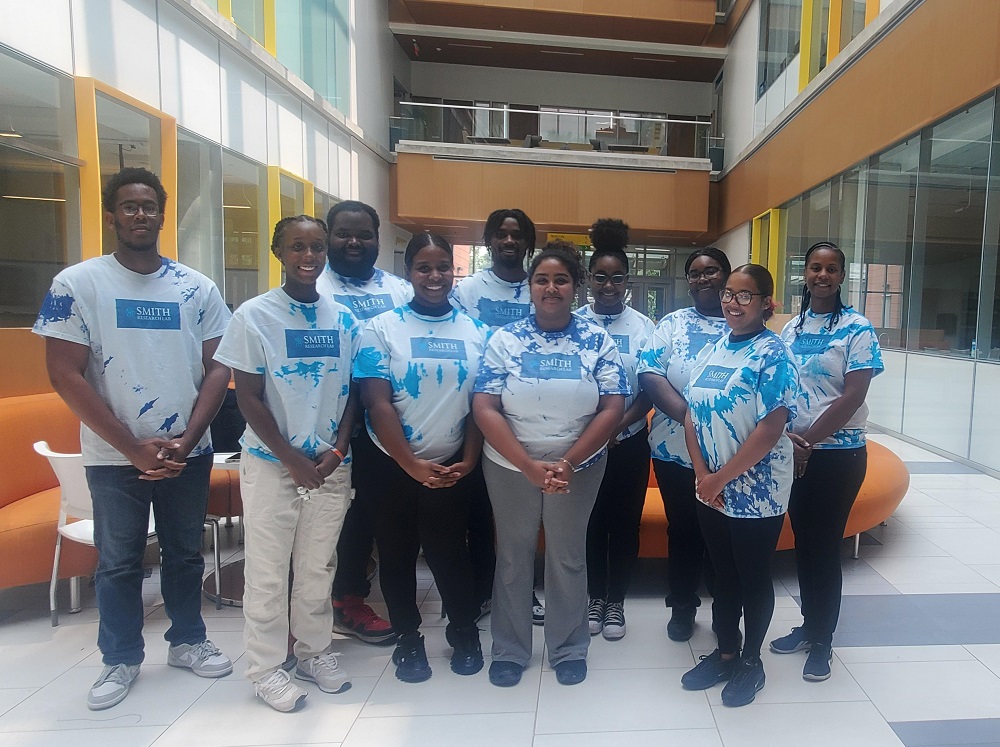
Projects
Microwave Synthesis of Imidazole Compounds to Investigate Cancer Resistance
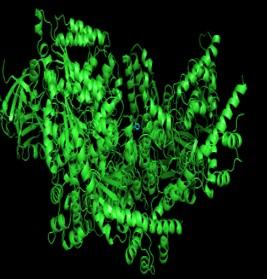
The Smith Research Lab uses microwave synthesis to rapidly create libraries of compounds to target key proteins which lead to cancer resistance development. These protein targets are involved in maintaining cellular homeostasis; however are exploited by cancer cells to overcome treatment. Using target-based drug design the Smith lab has identified unique imidazole compounds as potential drug targets. These imidazoles have been docked with the target of interest and predicted to be allosteric binders of the protein p97 (as shown in the image to the right).
Jacqueline Smith, Mayowa Osunsanya*, Ikechi Nwadike*, Brenda Belwood* Microwave-assisted Groebke-Blackburn-Bienayme’ (GBB) Synthesis of Imidazoles using Acyclic Amidines. Tetrahedron Letters 2022, 100, 153876.
Theranostic Approaches to Drug Delivery and Evaluation to the Brain
 Example of Drug-Fluorophore Conjugate as Theranostic Tool
Example of Drug-Fluorophore Conjugate as Theranostic Tool
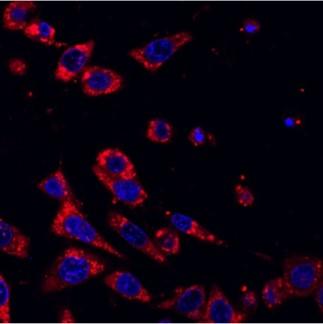
Through a combination of synthesis and bioanalytical approaches, the Smith Research Lab, is developing fluorescence-based conjugates which can serve as therapeutic and diagnostic, i.e. Theranostic, tools for drug delivery. Many new methods of drug delivery have been developed however the methods used to evaluate these approaches are often cumbersome and expensive. The Smith Lab is focused on using natural fluorophores in high throughput assays to evaluate drug delivery to the brain. Previous work in theranostics involved synthesizing a conjugate with the NIR fluorophore, DCM and drug Combrestatin A through a disulfide linker (as shown in the image (theranostics.jpg) taken from Bioorg Med Chem 2016, 25 (7), 2226-22332016, 25 (7), 2226-2233). This compound was selectively cleaved with GSH to allow visualization and targeting of cancer cells (image shown to the right).
Current Researchers
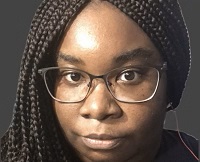
Dr. Jeanee Bullock, Postdoctoral Fellow

Tanya Samuel, Research Technician

Sydney Rivas, Undergraduate Researcher

Hunter Samuel, Undergraduate Researcher

Kayla McLeod, Undergraduate Researcher

Moi Seisay, Undergraduate Researcher
Alumni
(Graduation Year; Current Position)
- Ayreanna Pettijohn, (Spring 2023; John Hopkins Bloomberg School of Public Health, Vivian Thomas Scholar (V2))
- Jazmyne Scott (Spring 2022; MilliporeSigma)
- Michelle Anayam (Spring 2021; Postbac Stanford University)
- Mayowa Osunsanya (Spring 2021; CUNY Advanced Science Research Center)
- Ikechi Nwadike (Fall 2020)
- Nyiah Jordan (Spring 2020, Research Assistant Bowie State University)
- Jalend Hill (Spring 2020, UMGC MS Biotechnology)
- Dante Hamiel (Spring 2020; Towson University MS Biology)
- Precious Tatum (Spring 2020; Morehouse School of Medicine Biomedical Grad Program)
- Brenda Tankeu (Fall 2019; Henry Jackson Research Institute)
- Daisha Vance (Spring 2019; Ross University Medical School)
- Tonaye Hinton (Spring 2018; University of Michigan Post Bac Program; US Army-2nd Lieutenant)
- Kilana Jenkins (Fall 2018; Walter Reed Research Institute)
- April Boyd, MS (Fall 2017; VCU Biology Grad School; PPD, Inc. Cell-Based Scientist)
- Dominique Casey, RN (Spring 2017; Capital Region Health)
